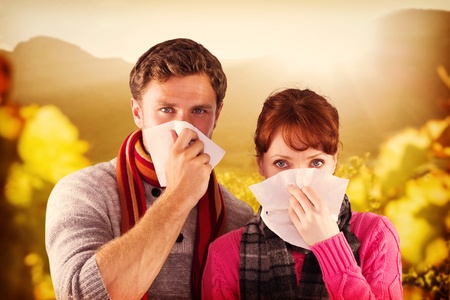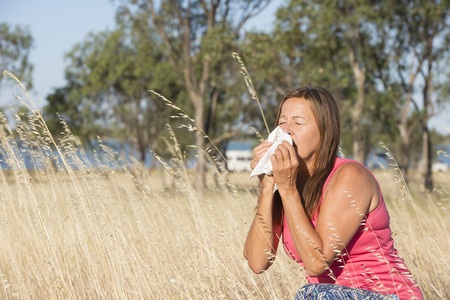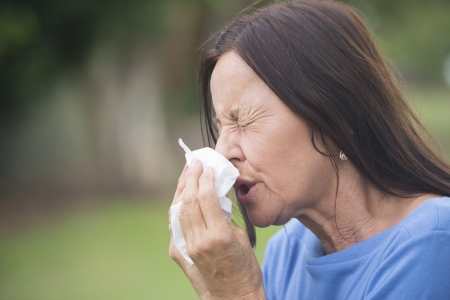Worldwide allergic rhinitis affects 10% to 30% of the population.
People with Seasonal Allergies
Aerobiology Research Laboratories are experts in environmental allergens and we want to help those affected by seasonal allergies live a better life.
Prevalence
Asthma and allergies are becoming more prominent; approximately 80% of people with asthma also have pollen allergies, meaning their asthma symptoms are triggered by pollen.
In every country around the world the intensity and duration of the allergy season as well as the rates of people affected by seasonal allergies is increasing.
Effect #1
The tiny hairs in your nose trap particles from the air including pollen and fungal spores. In people with seasonal allergies, these trapped particles cause swelling, itching, redness, and mucus production—much to the misery of allergy sufferers.
Effect #2
Similar symptoms can occur in a person’s eyes. Allergens can be trapped in the eyelashes, causing swelling, itchiness, redness, and watering eyes.
Effect #3
The excess mucus production in the nose and sinuses that is common in allergy sufferers can block the nasal passages. When the nasal passages are blocked, pressure in the sinus cavities will build up, causing facial pain or a sinus headache.
STUDIES
There are many studies that support these findings.

Pollen Overload: Seasonal Allergies in a Changing Climate
Watery red eyes, runny nose, sneezing, coughing—these familiar symptoms mean spring is in the air. Millions of people suffer from seasonal allergies triggered by airborne pollen—not just in spring but in summer and fall, too—and now evidence suggests their numbers will rise in a changing climate.

Olfaction in allergic rhinitis: A systematic review
Olfactory dysfunction is a key symptom in patients with allergic rhinitis (AR). Despite the implications for quality of life, relatively few articles have tested olfactory function in their investigations. The current systematic review aimed to investigate the following 2 questions: (1) What does AR do to human olfaction? (2) How effective is the treatment of AR in restoring the sense of smell?

The hidden burden of adult allergic rhinitis: UK healthcare resource utilisation survey
The affliction of allergic rhinitis (AR) has been trivialised in the past. Recent initiatives by the European Academy of Allergy & Clinical Immunology and by the EU parliament seek to rectify that situation. The aim of this study was to provide a comprehensive picture of the burden and unmet need of AR patients.

Impact of ocular symptoms on quality of life (QoL), work productivity and resource utilisation in allergic rhinitis patients
The presence of ocular, in addition to nasal, symptoms among patients with allergic rhinitis (AR) results in poorer quality of life, reduced work productivity and increased resource utilisation. Patients with nasal and ocular symptoms require more healthcare consultations.
How to Improve Your Quality of Life
Tips and Tricks

Know Pollen Levels
Join our personalized pollen alert forecast program and receive daily pollen forecasts delivered straight to your smartphone. Get a daily forecast of the allergens in your area and use the calendar to input your symptoms and medication. The app also provides daily tips and tricks to reduce effects of pollen on your quality of life. Get the app through the Apple App Store or Google Play.
Reduce Spreading Pollen
Remove your shoes and coat when entering your home to lessen the amount of pollen you bring indoors.
Wash Hair
Wash your hair before bed, otherwise pollen collected in your hair throughout the day will rub off on your pillow.
Reduce Spreading Pollen
Reduce exposure to pollen by closing the windows and doors in your home, especially on high pollen days. Consider doing this in your car as well, and try using recycled air rather than fresh air to ensure that pollen particles do not enter from the outdoors.
Plan Your Outdoor Activities
Check our pollen report on the free app or use our premium version to set up your own personalized forecast subscription. Check our partner website The Weather Network to know what the forecast is for pollen levels. Pollen levels are generally highest in the early morning hours, so it is best to plan your activities in the afternoon or evening if you plan on being outdoors.
